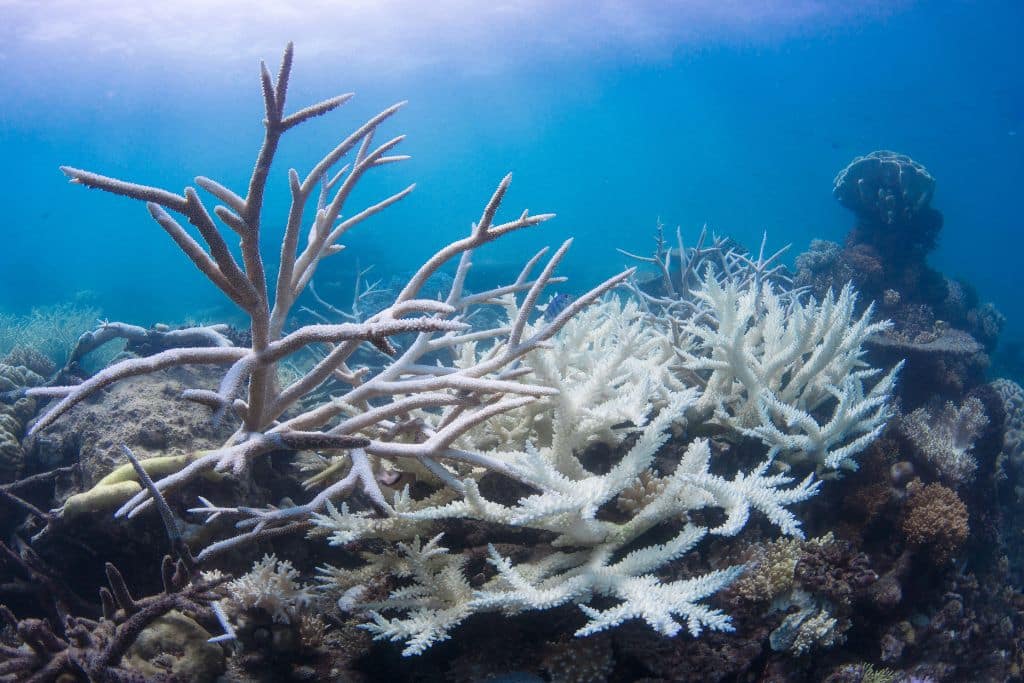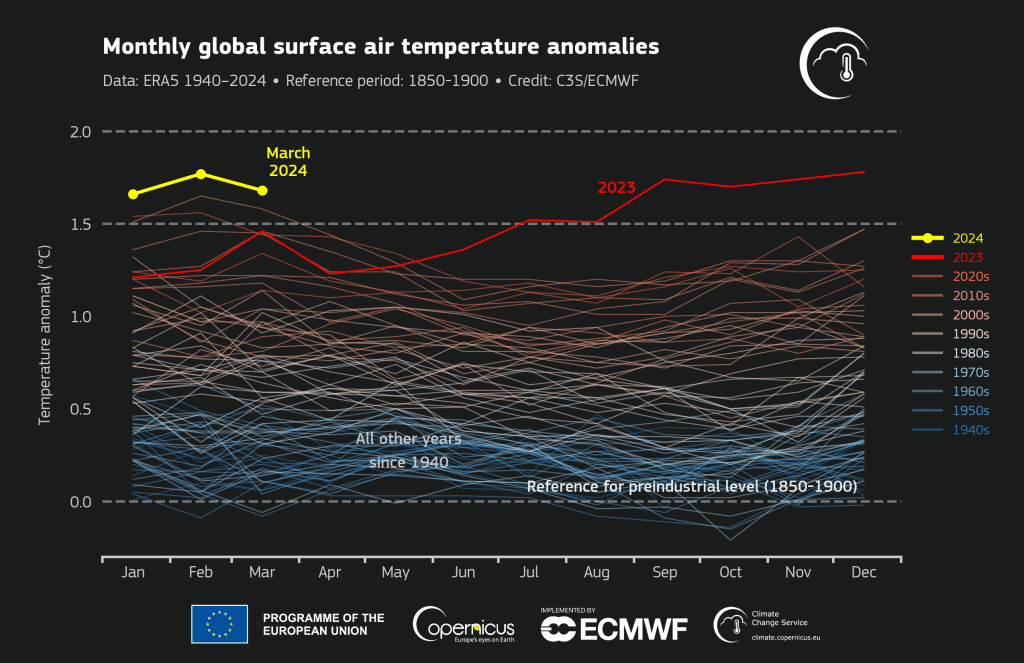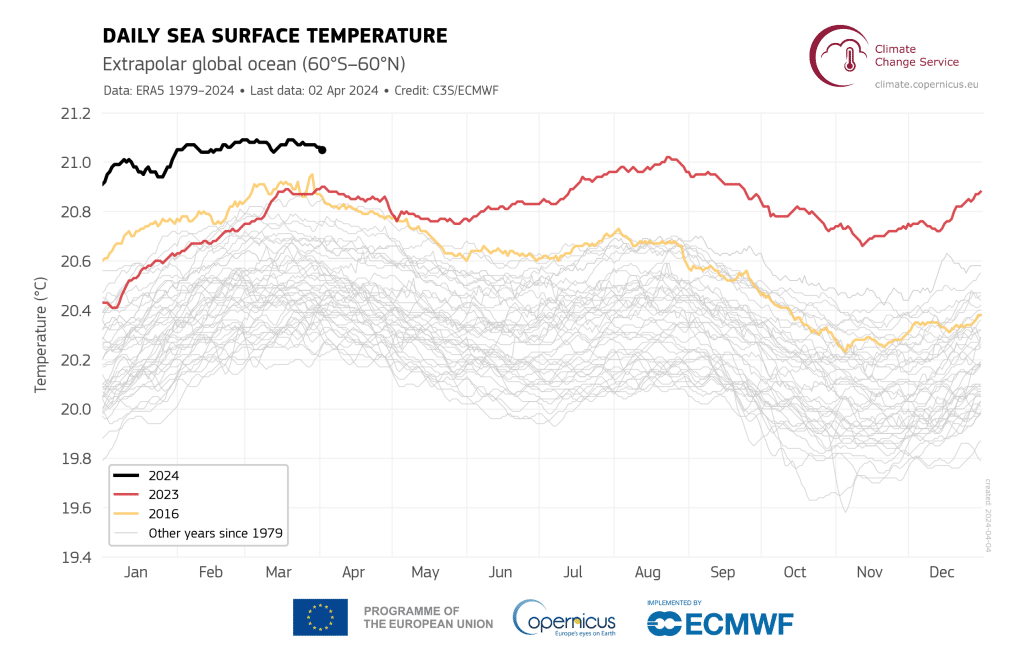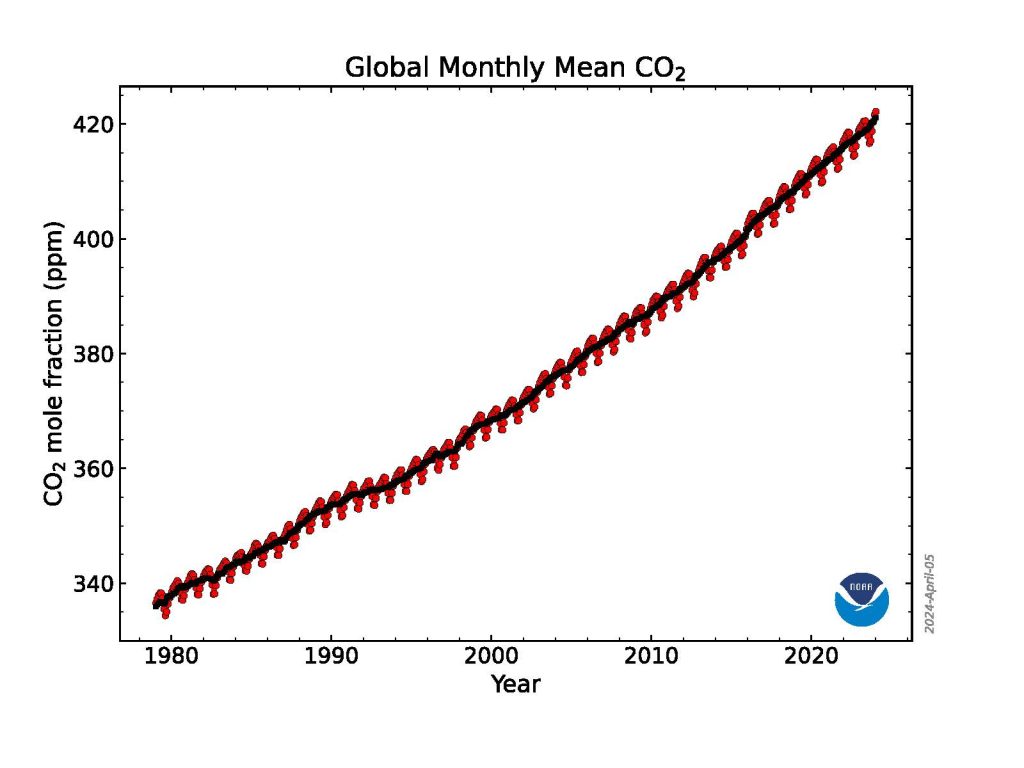Scotland announced it would introduce a new legislative package of climate action measures in line with its net-zero by 2045 target.
—
Scotland has scrapped a climate target its former first minister branded as “ambitious” and “world-leading”, a move that environmental activists described as “humiliating” and “reprehensible.”
Scottish net zero and energy minister Màiri McAllan, who announced the decision on Thursday, said the move was heavily influenced by the UK Climate Change Committee (CCC), which last month said the goal to cut emissions by 75% by 2030 was “no longer credible.” According to the UK CCC, Scotland missed eight of the past 12 annual targets for cutting planet-warming greenhouse gas emissions and lacked a comprehensive decarbonisation strategy.
“Scotland has laudable ambitions to decarbonise, but it isn’t enough to set a target; the Government must act. There are risks in all reviewed areas, including those with significant policy powers devolved to the Scottish Government,” said Piers Forster, CCC’s interim Chair.
Last month, the CCC also said the UK’s climate adaptation plan “lacks pace and ambition.”
More on the topic: UK Climate Adaptation Plan ‘Lacks Pace and Ambition’, Independent Assessment Reveals
“In this challenging context of cuts and UK backtracking, we accept the CCC’s recent rearticulation that this parliament’s interim 2030 target is out of reach,” McAllan said.
Speaking to MSPs on Thursday, McAllan said the government would introduce a new legislative package of climate action measures in line with its net-zero by 2045 target, including quadrupling electric vehicles charging points by 2030 and introducing an integrated ticketing system for public transport in line with the goal to cut car use by 20% by decade’s end from a 2019 baseline.
Ahead of Thursday’s announcement, the minister said Scotland was “trying to deliver the societal and economic transformation demanded by the climate emergency with one hand tied behind our back.”
Former first minister Nicola Sturgeon, who introduced the climate targets, previously dismissed claims of having “overcooked” the ambitions. During her eight years in office, Sturgeon, who unexpectedly stepped down from the country’s highest post in March 2023, put tackling the climate crisis high on the list of the government’s priorities, pushing forward ambitious measures and targets. In 2019, she scored a key win for the climate movement by declaring a “climate emergency” and securing the passing of the Climate Act, which introduced the carbon neutrality by 2045 goal and strengthened interim targets to achieve it.

Campaign organisation Friends of the Earth Scotland described Thursday’s move as “the worst environmental decision in the history of the Scottish parliament”.
“Instead of using the past decade to deliver warm homes, reliable public transport and a fair transition away from fossil fuels, inept, short-termist politicians have kept millions of people trapped in the broken status quo that only benefits big polluters,” said Imogen Down, the group’s head of campaigns.
“I am angry and disappointed that we are in this position, everyone who cares about our planet should be,” said Scottish Green minister for active travel and tenants rights Patrick Harvie, adding that Thursday’s decision “must be a turning point.”
CCC’s Forster described Scotland’s removal of the 2030 target as “deeply disappointing.”
“Long term planning is vital for businesses, citizens, and future Parliaments. Today that has been undermined, he said on X (formerly Twitter). The CCC urges the Scottish Government to lay out and deliver against new commitments as soon as possible.”
Featured image: Scottish net zero and energy secretary Màiri McAllan. Photo: ScotGov Rural/Flickr.
This story is funded by readers like you
Our non-profit newsroom provides climate coverage free of charge and advertising. Your one-off or monthly donations play a crucial role in supporting our operations, expanding our reach, and maintaining our editorial independence.
About EO | Mission Statement | Impact & Reach | Write for us


















